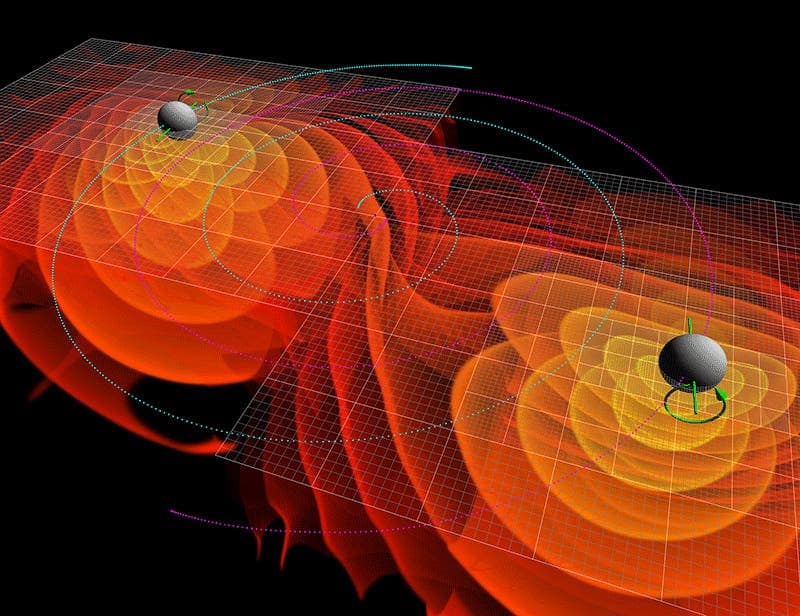It’s one of the strangest experiment ever devised, and it may very well revolutionize science.

When the first announcement about gravitational waves came out, physicists were thrilled. But after the initial excitement waned, not much was changed. Don’t get me wrong – it was a monumental discovery, but it was more or less expected. If gravitational waves were disproven, then it would have been breaking for many careers. Years and decades of research would have been invalidated, and it would have been back to the drawing board for many theoretical physicists – but that didn’t happen. Researchers did discover gravitational waves and now we’re up to the next question: what exactly can we do with this discovery?
Well for starters, we could use them to study some facets of the universe, which is already what we’re kind of trying to do. LISA Pathfinder, a mission led by the European Space Agency (ESA) with contributions from NASA, developed the ground-based Laser Interferometer Gravitational-Wave Observatory (LIGO) to observe gravity waves and their implications. But due to seismic and thermal interferences, LIGO could only study gravity waves around 100 cycles per second (100 hertz). However, many important phenomena (such as galactic collisions or black hole mergers) can only be observed at much lower frequencies of around 1 hertz — so they set up to build a space observatory, which could help us better study such events.
The whole thing is almost set. In space, shielded inside a European Space Agency spacecraft called LISA Pathfinder, two 4.6-centimeter gold-platinum cubes have reached an almost-perfect state of stillness – something that would have been impossible on Earth. The two plates have motions caused purely by gravitational forces, eliminating all other sources of vibration. The preliminary results are already thrilling.
“The measurements have exceeded our most optimistic expectations,” said Paul McNamara, the LISA Pathfinder project scientist at ESA’s Directorate of Science, Noordwijk, the Netherlands. “We reached the level of precision originally required for LISA Pathfinder within the first day, and so we spent the following weeks improving the results a factor of five better.”
“LISA Pathfinder was always intended as a stepping stone to the level of performance needed for a full-scale gravitational wave observatory, but these results tell us we’ve nearly made the full jump. A full-scale observatory with LISA Pathfinder’s performance would achieve essentially all of the ultimate science goals,” said Ira Thorpe, a team member at NASA’s Goddard Space Flight Center in Greenbelt, Maryland. “That’s amazing in itself, and data from this mission will help us build on an already impressive foundation.”
With this technology, we could study not only the gravitational waves themselves but use gravitational waves and gather previously inaccessible information. What was only a theoretical concept predicted by Einstein is starting to become a useful tool – and we couldn’t be happier about it.



